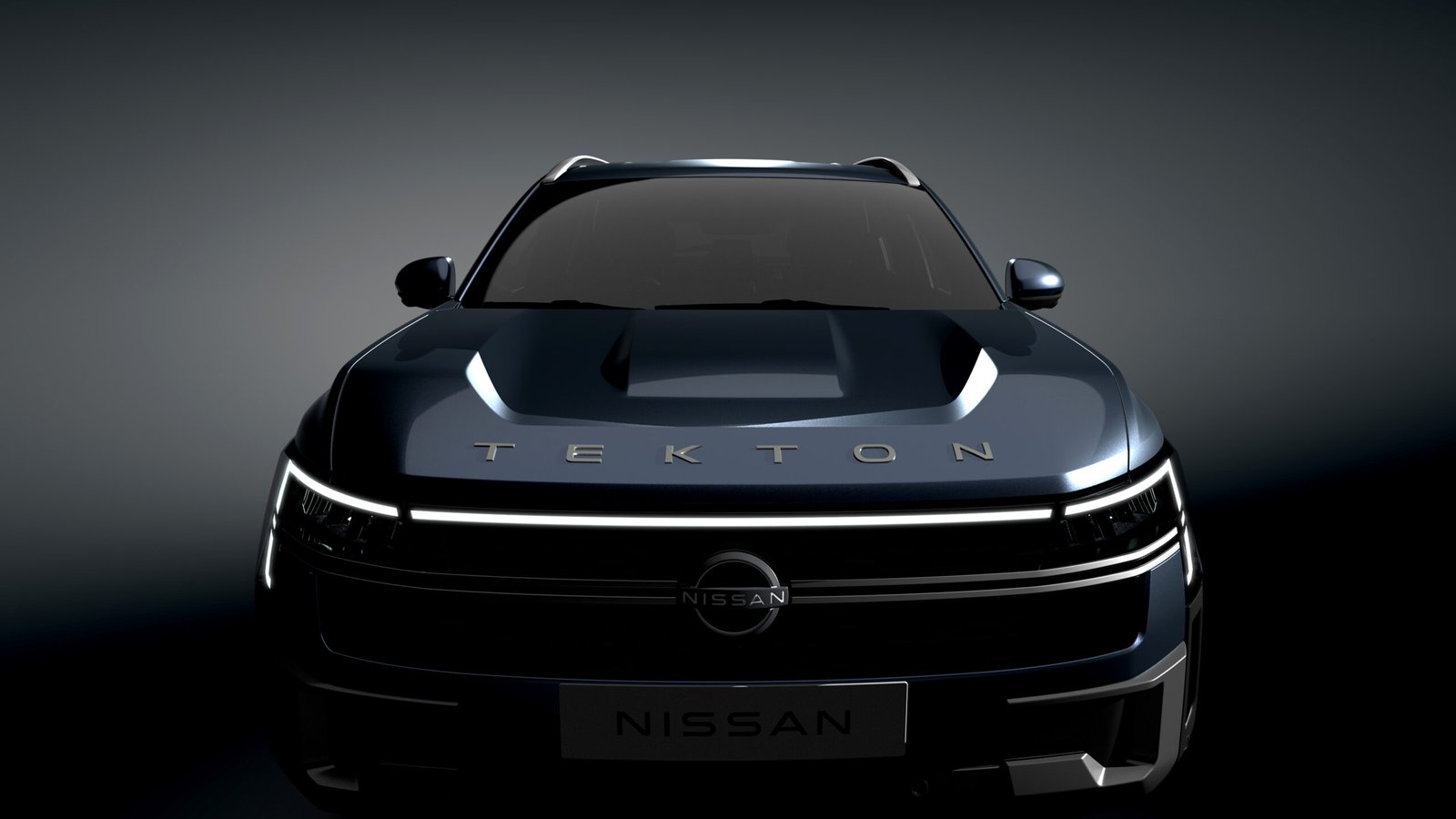Author – Yash Jalan, Welham Boys School
Dehradun: Often, at one stage of life or another, we have been curious about the world around us. As a child, staring at light bulbs and plug points and wondering how they worked was a common pastime and was amazed at how pressing a switch could turn night into day inside a room. Over time, growing up, it was common knowledge that this magic was electricity — a force that some experts say is like oxygen for modern life. It powers our homes, schools, phones, and even the servers that let us use the internet.
Another powerful idea that has captured everyone’s imagination is artificial intelligence. As a reminder, the ability of a machine or software program to think, learn, and behave similarly to human cognition is referred to as artificial intelligence. AI, which felt futuristic at first as if it only existed in sci-fi movies or online demos, is now everywhere. It is in our phones, our search engines, and even our online shopping recommendations. Through deeper research and comprehension, one can understand how these two vast fields connect with each other. This article reflects how electrical engineering supports AI — and how AI is changing electrical systems in return.
AI primarily runs on machines that exist not just in the cloud but are solid hardware. Processors, like GPUs (graphics processing units) or TPUs (tensor processing units), are the basic power source for AI models, made using semiconductors. A semiconductor is a material, like silicon, whose conductivity lies between a conductor and insulator and can control electric currents which makes it just right for building tiny on-off switches called transistors. Chips today contain billions of transistors packed in tight spaces which help to control electric current acting as fundamental building blocks of these microchips. These transistors process the 0s and 1s — the basic language of computers.
Designing these chips does not only require the complicated knowledge of computer science but also of electrical engineering which is key in their production. Engineers must work on current flow, heat management, and how signals move across tiny circuits at high speed. Even a small miscalculation in layout or power design can make the chip fail.
Beyond chips, sensors are another integral component of the system. A sensor detects a change in the surrounding environment and sends data to a processor in the form of an electrical signal. Without sensors, AI would be blind and deaf since they would not be able to gather data to process. Cameras, ultrasonic sensors, photocells, and motion detectors are all common examples. Making sensors is a complex and demanding process which requires engineers to verify their precision, make sure they are fast, and can run on low power. They also need to connect with the rest of the system for which electrical engineering is required — to build the circuit that takes signals from sensors to AI chips, and back out to motors or screens.
Power supply is also indispensable since AI systems often need a lot of electricity. Data centres that train large AI models can require as much electricity as thousands of houses. Electrical engineers help build efficient power distribution systems so that these machines do not waste energy or overheat. To put it briefly, the fundamentals of electrical engineering are essential to every aspect of AI hardware, including sensing, thinking, and acting.
Now let us look at the other side of the coin. If electrical engineering helps AI run, then AI is also essential in making electrical systems become smarter. It is like a cycle—each field enhances the other, and they evolve together.
- Smart Grids and Power Distribution: Traditional power grids are majorly centralized and designed to deliver electricity in one direction from the power plants to the consumers. But today, power generation supplies have expanded with the rise of renewable energy which comes from many places, including solar panels on rooftops and wind farms which makes the management of power grids challenging. That is where AI comes in since it can predict electricity demand, detect risks early on, and balance the flow of energy between areas. In India, for example, the power grid faces massive peaks and drops which can be resolved with smart meters and AI tools since operators can plan better and avoid blackouts. AI can reroute electricity during faults to decrease outages, which makes the whole system more reliable and efficient.
- Predictive Maintenance: Machines and components are always subject to wear and tear and thus require regular maintenance which is indeed expensive and time-consuming. So, the electrical engineers now incorporate AI in systems which check for signs of wear be it a small vibration, a change in sound, or a heat spike and predict when the machine might fail. That is called predictive maintenance and is already being used in transformers, circuit breakers, and electric motors. This saves money and time and prevents unexpected breakdowns. Predictive AI also makes workplaces safer by reducing the risk of fire or shock from old equipment.
- Energy Optimization and Efficiency: Inefficient use of energy is a major issue nowadays which can be solved using AI. In smart buildings, AI systems track usage patterns and adjust lights, fans, and heating on their own. AI tools can facilitate personalized recommendations for households resulting in cost-cutting. According to a 2024 study, AI-based systems could help buildings cut energy use and carbon emissions by at least 8%. AI can also store extra energy from solar panels during the day and release it at night when needed making renewable energy more useful and dependable.
The blend of AI and electrical engineering can be seen as an important part of the future. It will not only contribute to more devices or faster apps but also to smarter cities, cleaner energy, and safer machines — all built by combining AI and electrical engineering. According to experts, artificial intelligence (AI) is now a crucial component of electrical engineering, enhancing electronics and power networks. Another report notes that the need for sensors and chips will continue to grow as AI develops which means many new opportunities and careers in the fields of renewable energy, robotics, and automation. Whether it is designing better chips, improving grid reliability, or building smarter machines, the work ahead is wide open for those who are interested. Those who understand both power and pattern recognition will be better prepared to build the systems of tomorrow.











